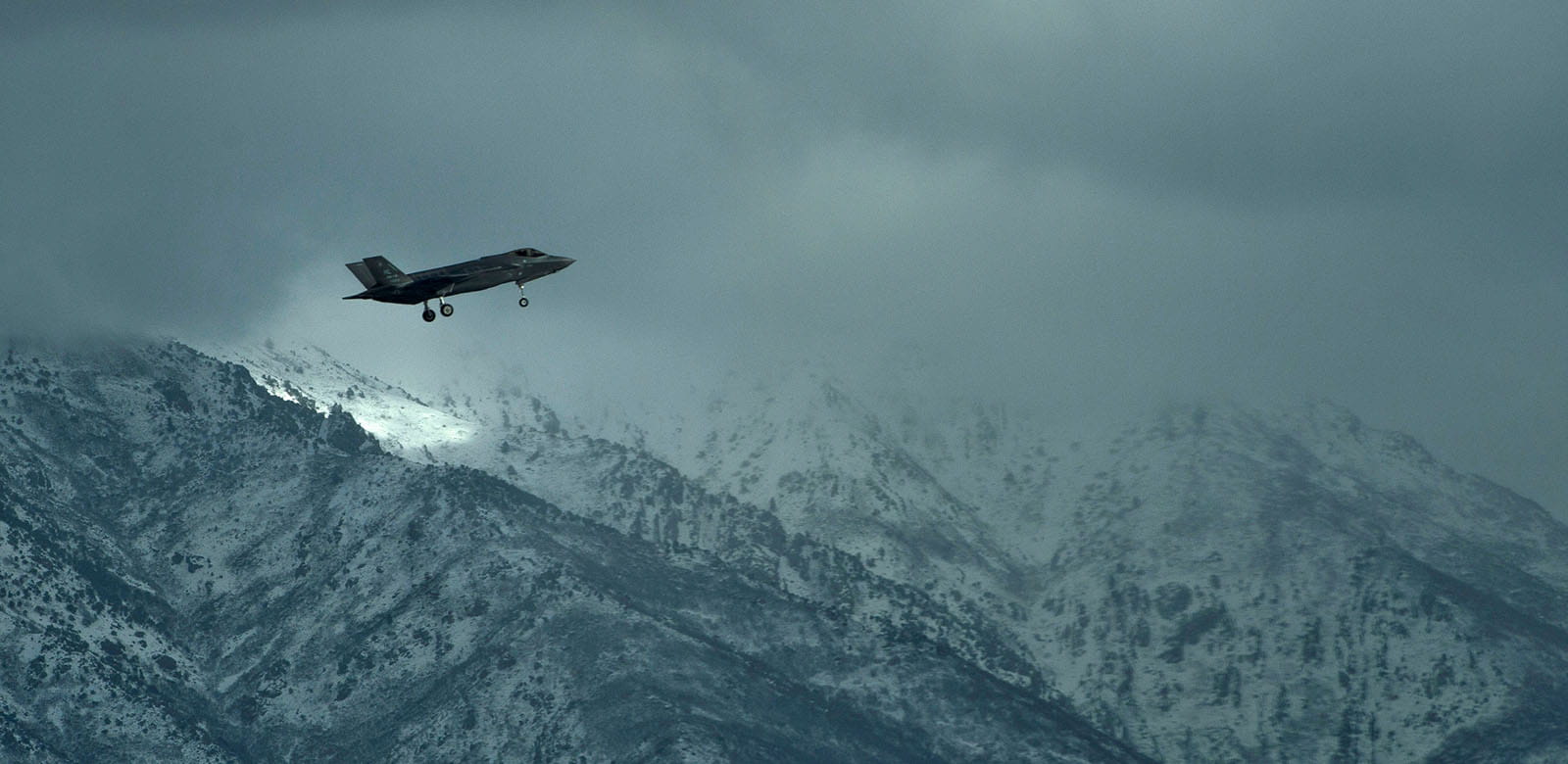Navigate in any environment
Raytheon’s Electro-Optical Distributed Aperture System (EODAS) provides a 360-degree sensor suite for the F-35 Joint Strike Fighter program. This advanced sensor capability gives F-35 pilots unprecedented situational awareness and survivability to operate and to navigate safely in any environment – from detecting missiles passively to circumnavigating severe weather conditions – in the Anti-Access Area Denial (A2AD) battlespace.
Advanced sensor technology
The pilot’s helmet-mounted display (HMD) brings in data from Raytheon’ next-generation F-35 EODAS, which collects and sends real-time, high-resolution imagery to the HMD from six infrared cameras mounted around the aircraft. The 5th Generation F-35’s advanced sensors produce a wealth of new data ‒ electronic warfare signals, electro-optical and infrared imagery, missile warning cues and more ‒ all capable of creating new forms of intelligence, surveillance, reconnaissance (ISR) and targeting information.
360-degree awareness
Rather than relying on frequent maneuvers to achieve full defensive threat coverage or employing a specific formation to focus on varying sectors, pilots can see the entire operating picture through one system, resulting in a significant upgrade from fixed sensors on older aircraft.
The sensors use two key components from across RTX: the strained layer super lattice (SLS) detector material (from commercial foundries) is processed using the same revolutionary manufacturing techniques to develop the GaN semiconductors in Andover, Massachusetts, which power Raytheon radars such as Patriot, SPY-6, and LTAMDS. The EODAS SLS detector material is then integrated into focal plane arrays by engineers at Raytheon Vision Systems in Goleta, California. These advancements, coupled with digital pixel technology and a digital read-out integrated circuit, give pilots a quick, high-definition picture of everything around them, culminating in a more capable missile detection system.

